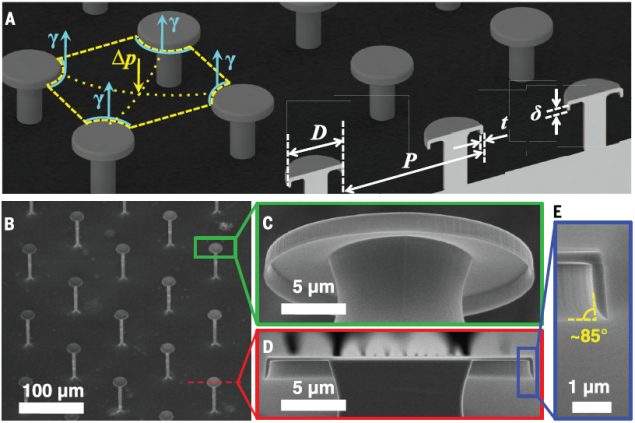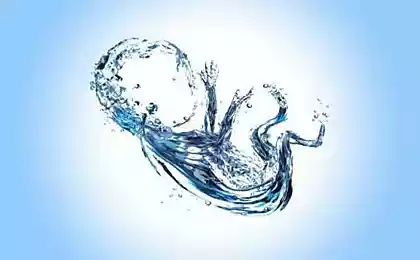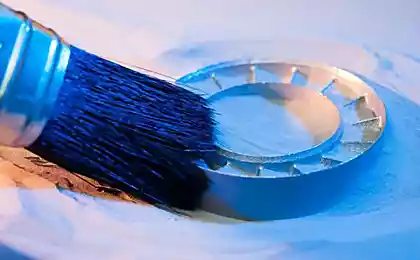975
Create an absolutely repulsive material for all types of fluids

Two researchers from UCLA, University of California Division UC Irvine, Tinguay Chanzhin Liu and Kim developed a coating for all surfaces, which makes them superhydrophobic - that is, the ability to repel any, even the wetting liquid. Nanotechnology process changes the physical characteristics of the surface. Since it is not a chemical process, it can be used in industrial applications, for example to slow corrosion processes, and for the manufacture of household items, the same cookware.
In an interview with Phys.org professor of mechanical and aeronautical engineering Chanzhin Kim said: "In nature, some leaves under a microscope look" hairy ", thereby reducing the contact area of the leaf with water drops. Reducing the contact area means that the drop is held due to surface tension. Artificially created superhydrophobic surface designed on the same principle, and in fact are microscopic irregularities on the surface of the hydrophobic material ".
Many of the materials used today in industry and in the home, have a water repellent. However, liquids with lower surface tension, such as oil, still moisten them, since such a small surface tension allows them to spread over the surface of materials. Surface developed by researchers resembles wood of nails disposed at distances of approximately 100 microns apart, with the head diameter of less than 20 microns. Hats are not simple, they also have their shape - on the perimeter of the cap is "skirt" in height about half a micrometer, which hangs down from the cap. The angle between the skirt and the hat is 85 degrees. Being suspended by these "nails", the liquid droplet 95% surrounded by air, and therefore easily kept proper surface tension.
Thus, the surface not only fails to repel water and oil, but any, even the wetting fluid including perfluorohexane - liquid the smallest of the currently known surface tension. The coating has been tested on glass, metal and polymer - and in all cases it proved workable. Researchers believe that it will be possible to use such coverage and outdoors, for example on the surfaces of cars and buildings. The coating does not degrade over time due to changes of temperature and UV exposure. Furthermore, it withstands temperatures up to 1000 degrees and not exposed to biological materials, it can be used in medicine and more.
Source: geektimes.ru/post/242130/























